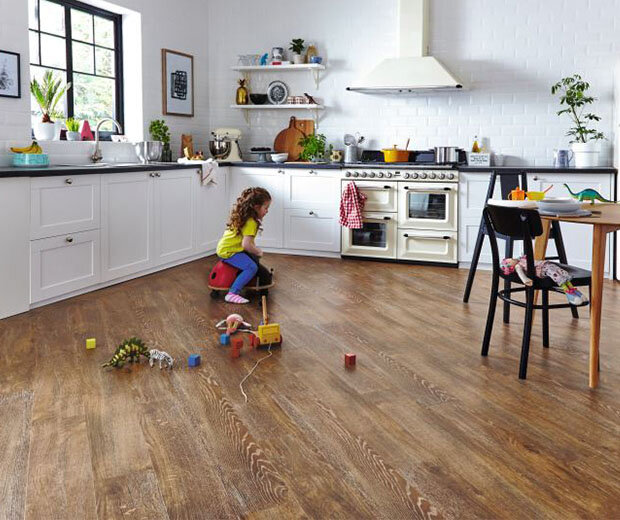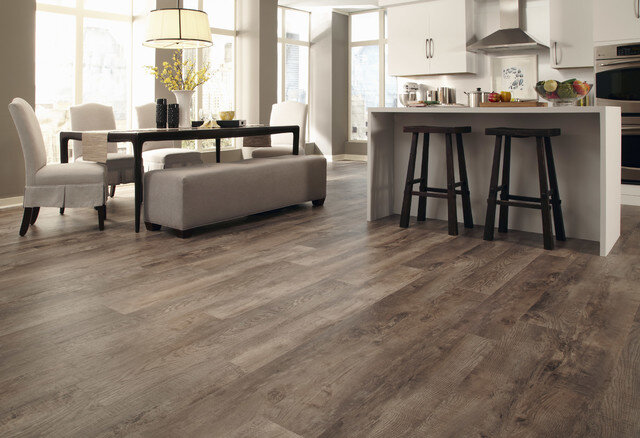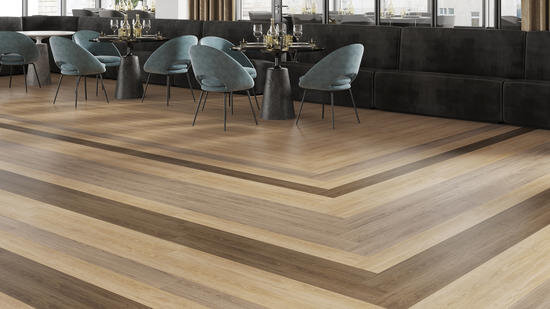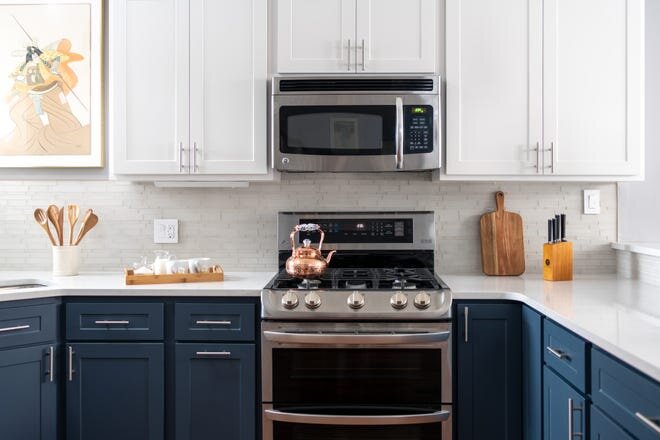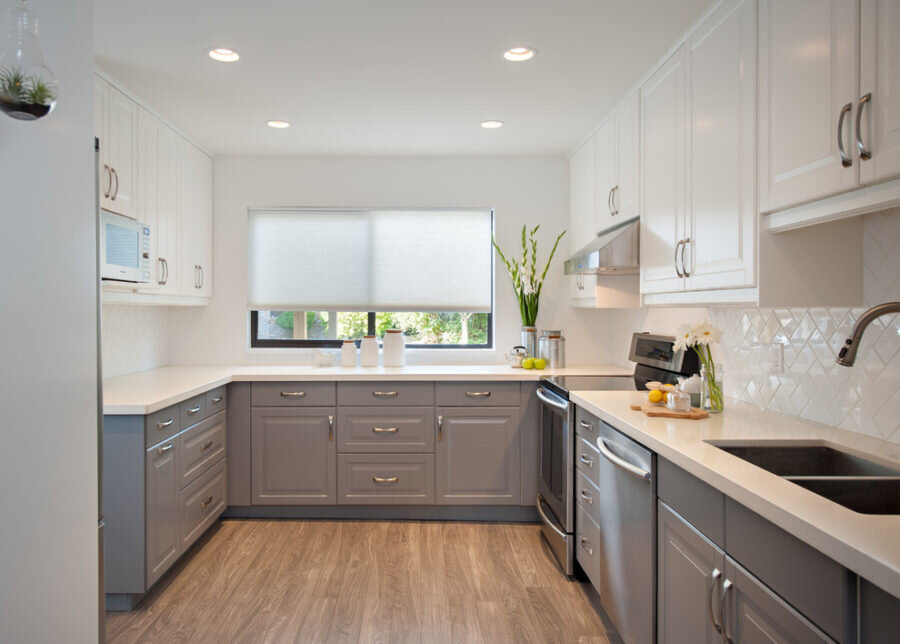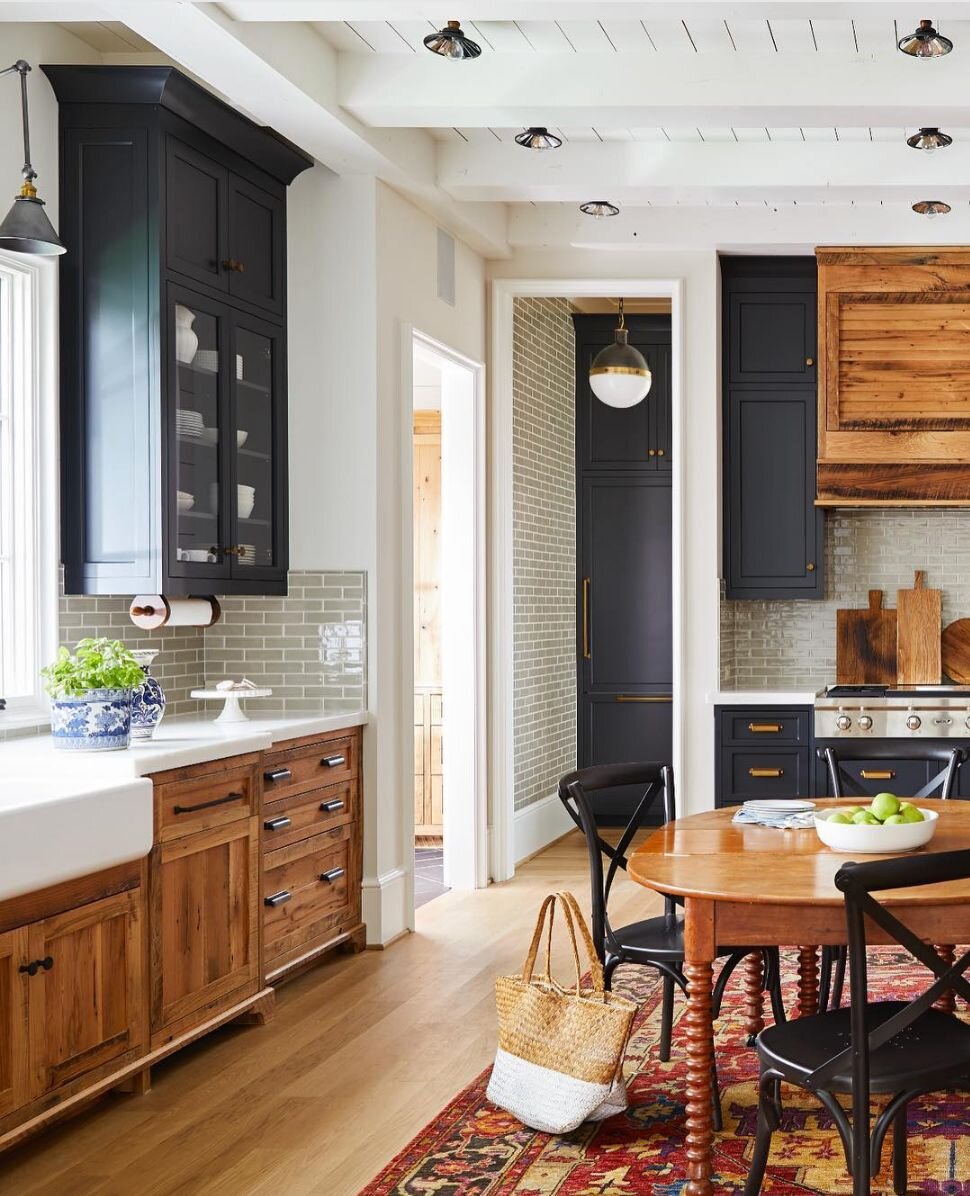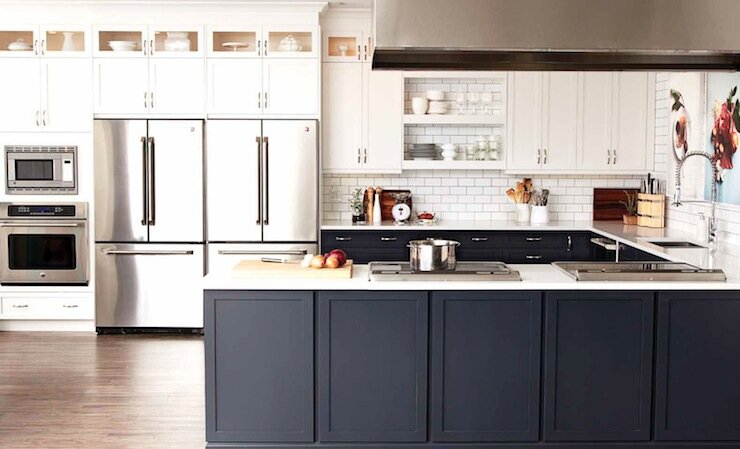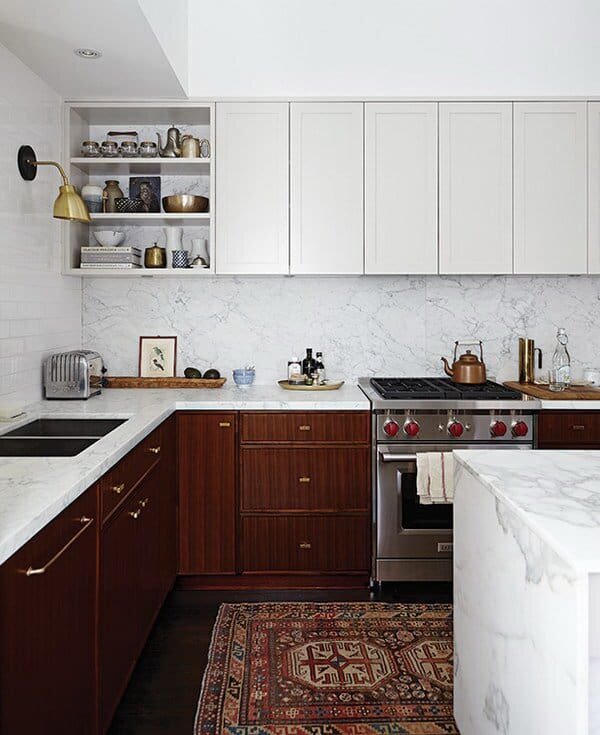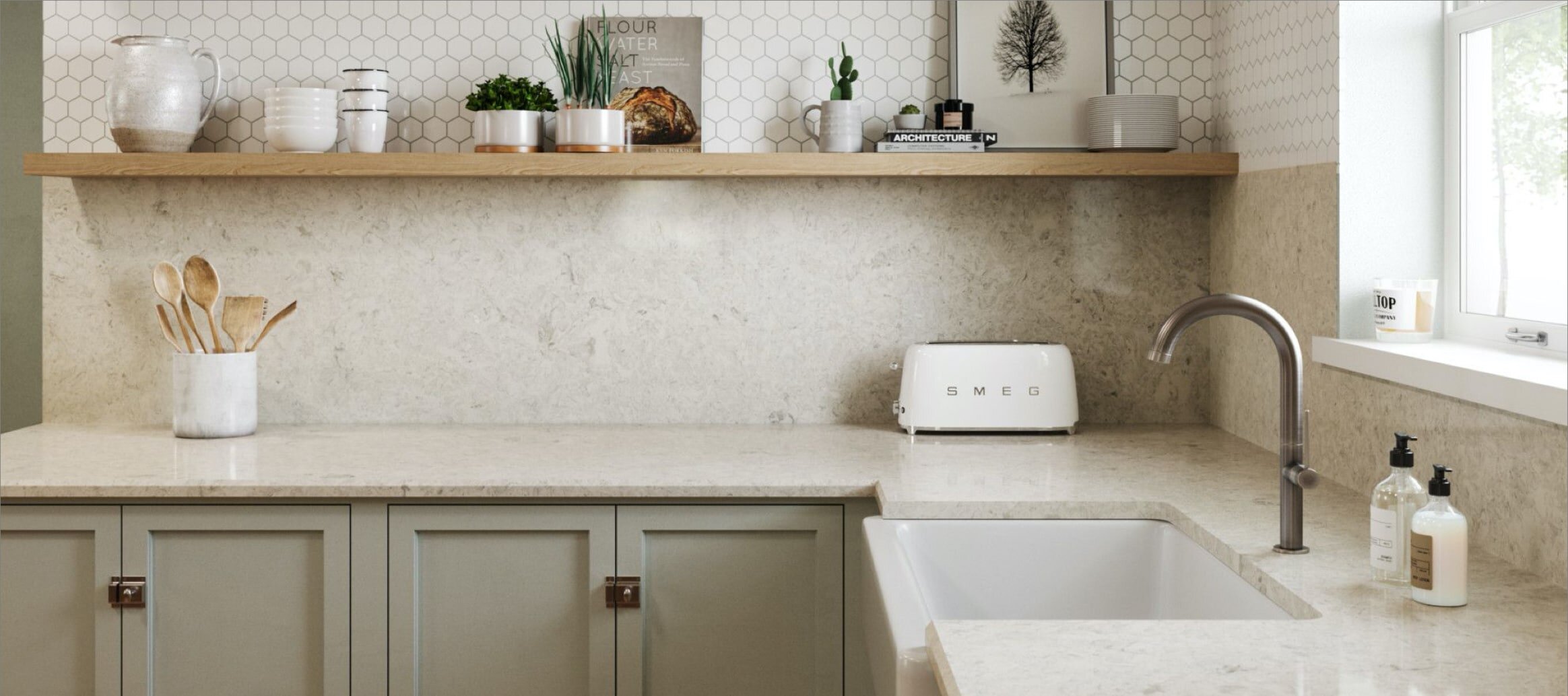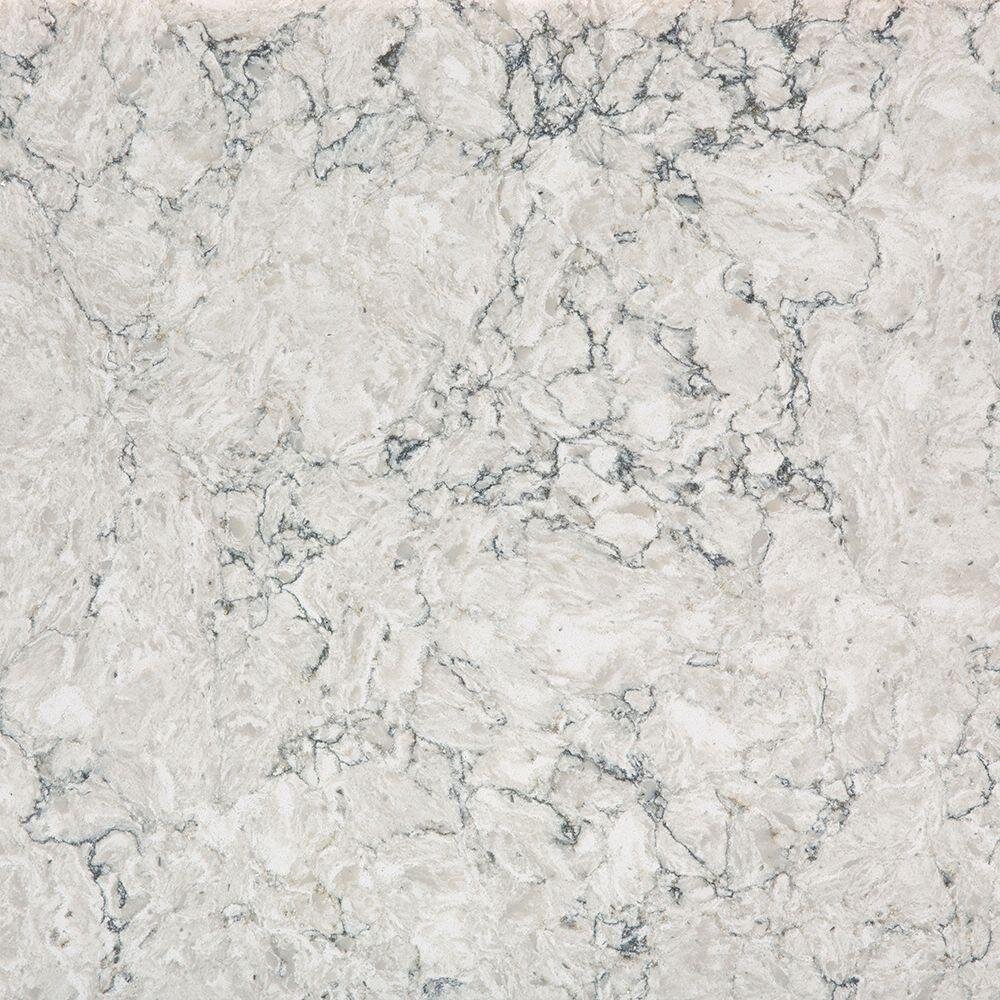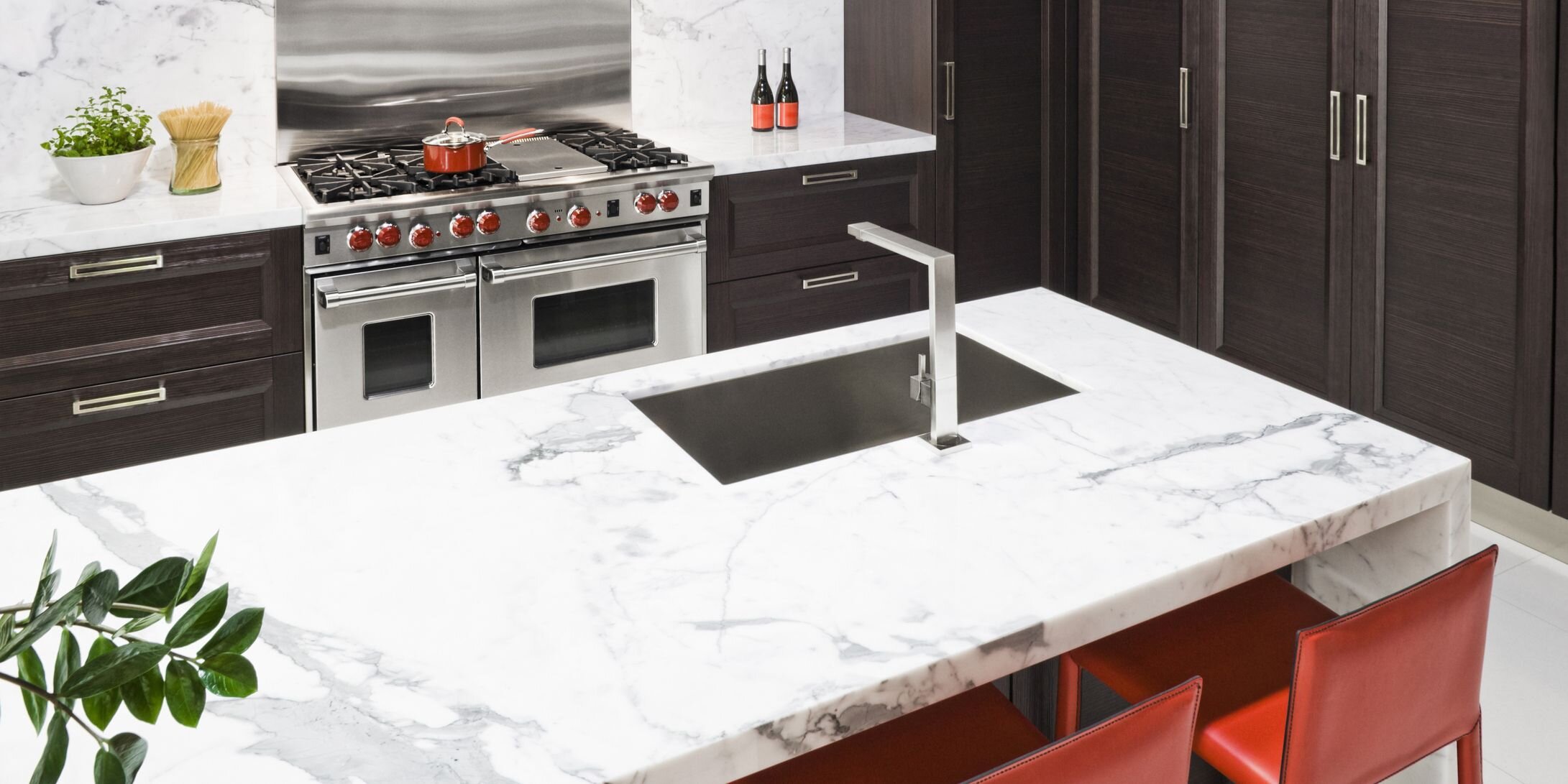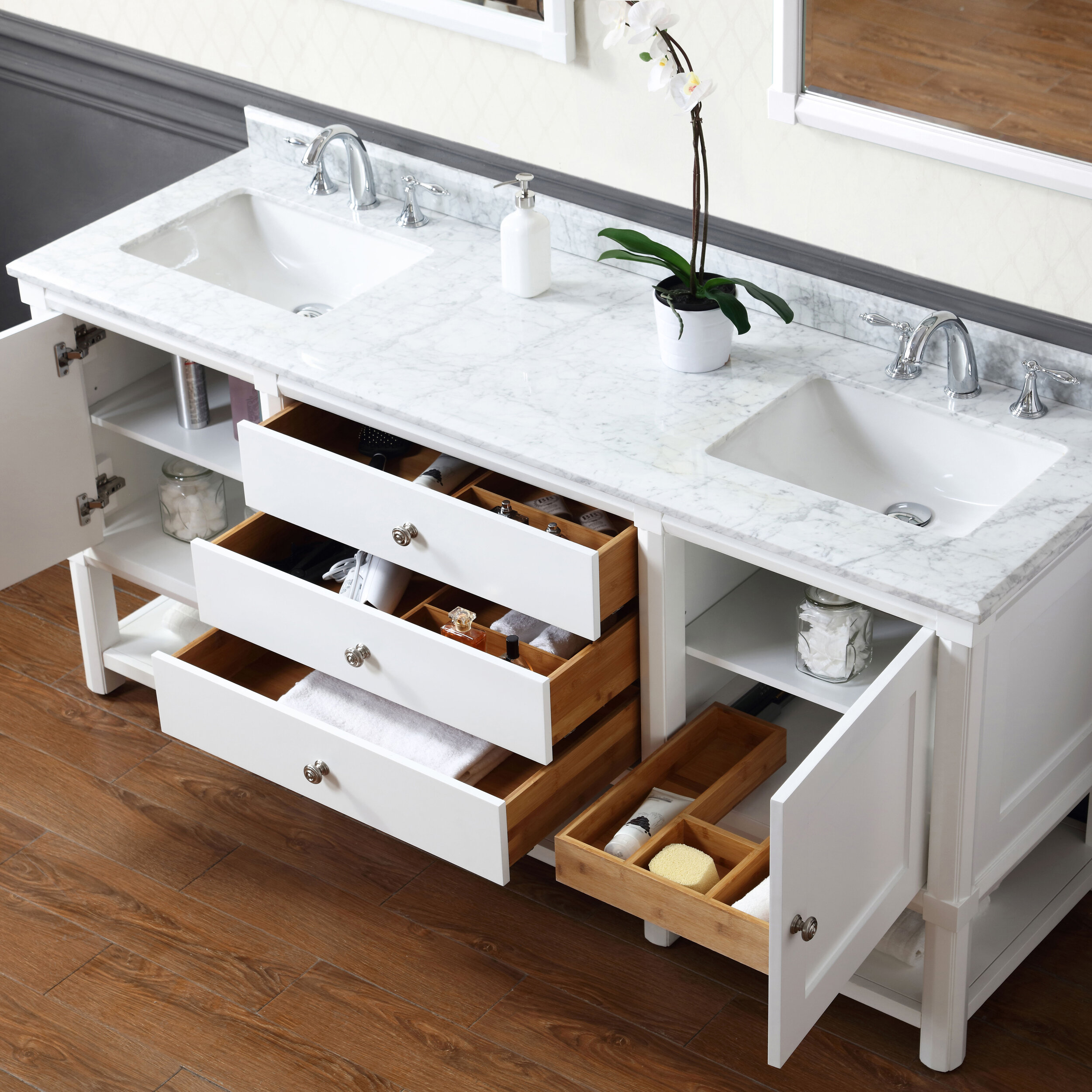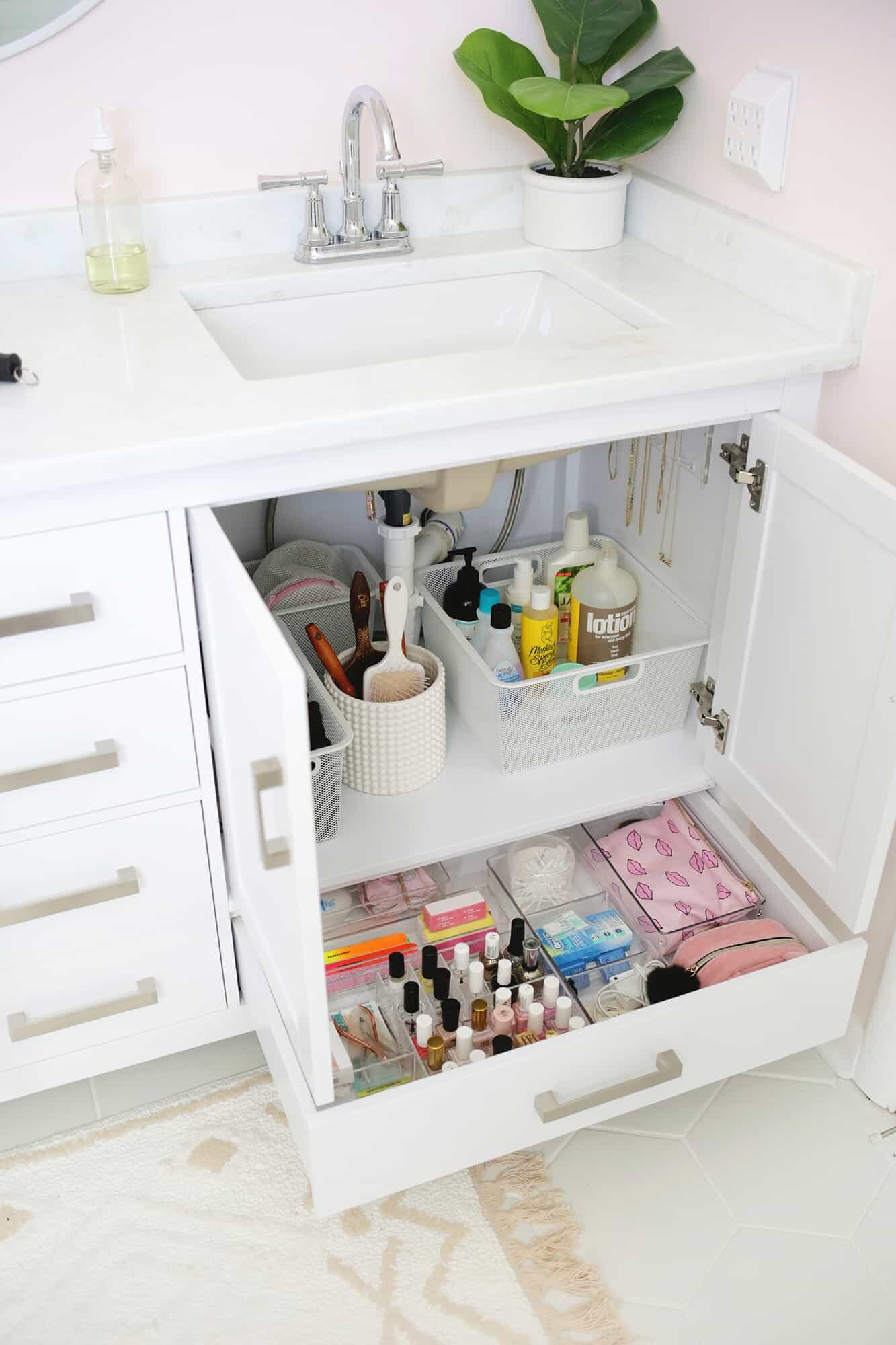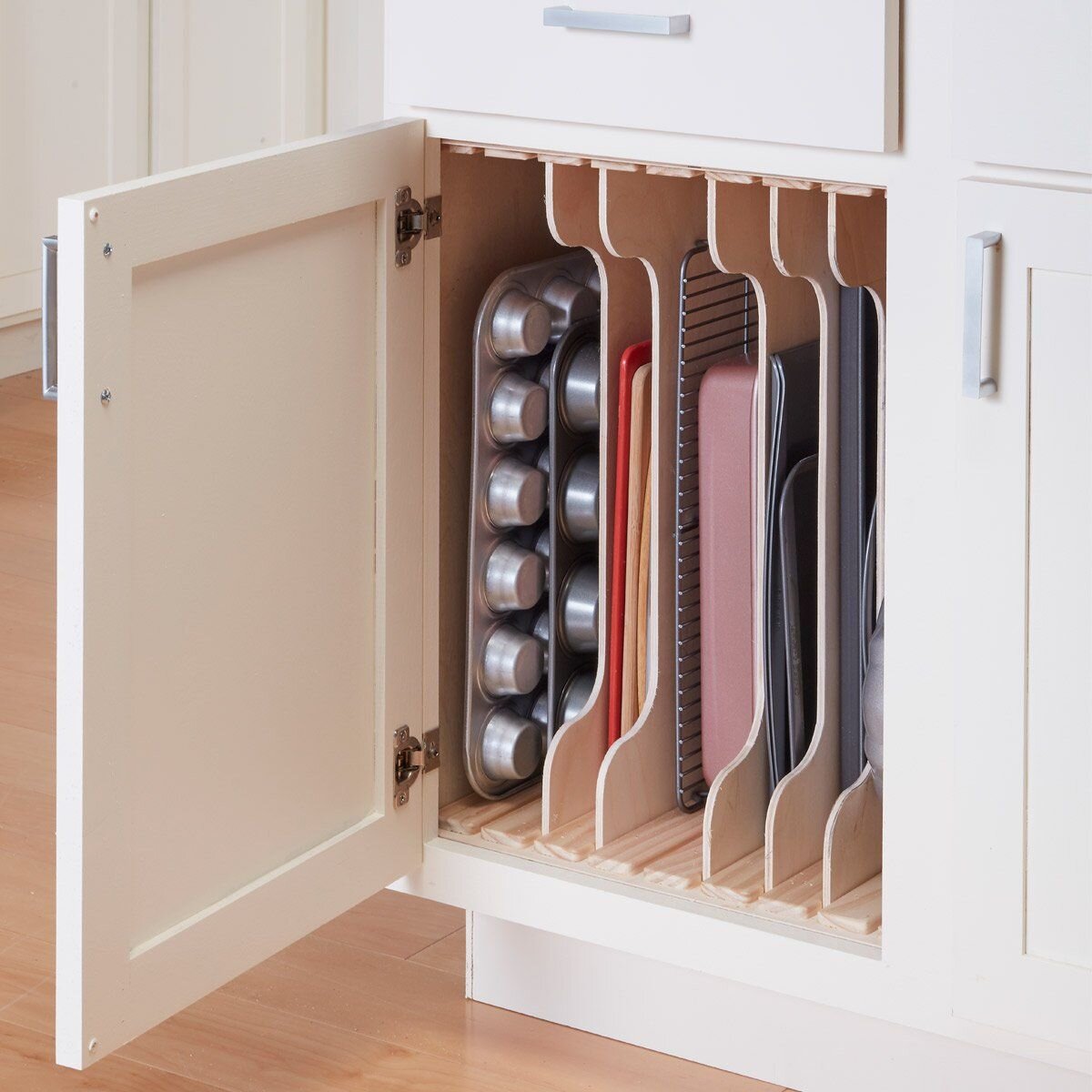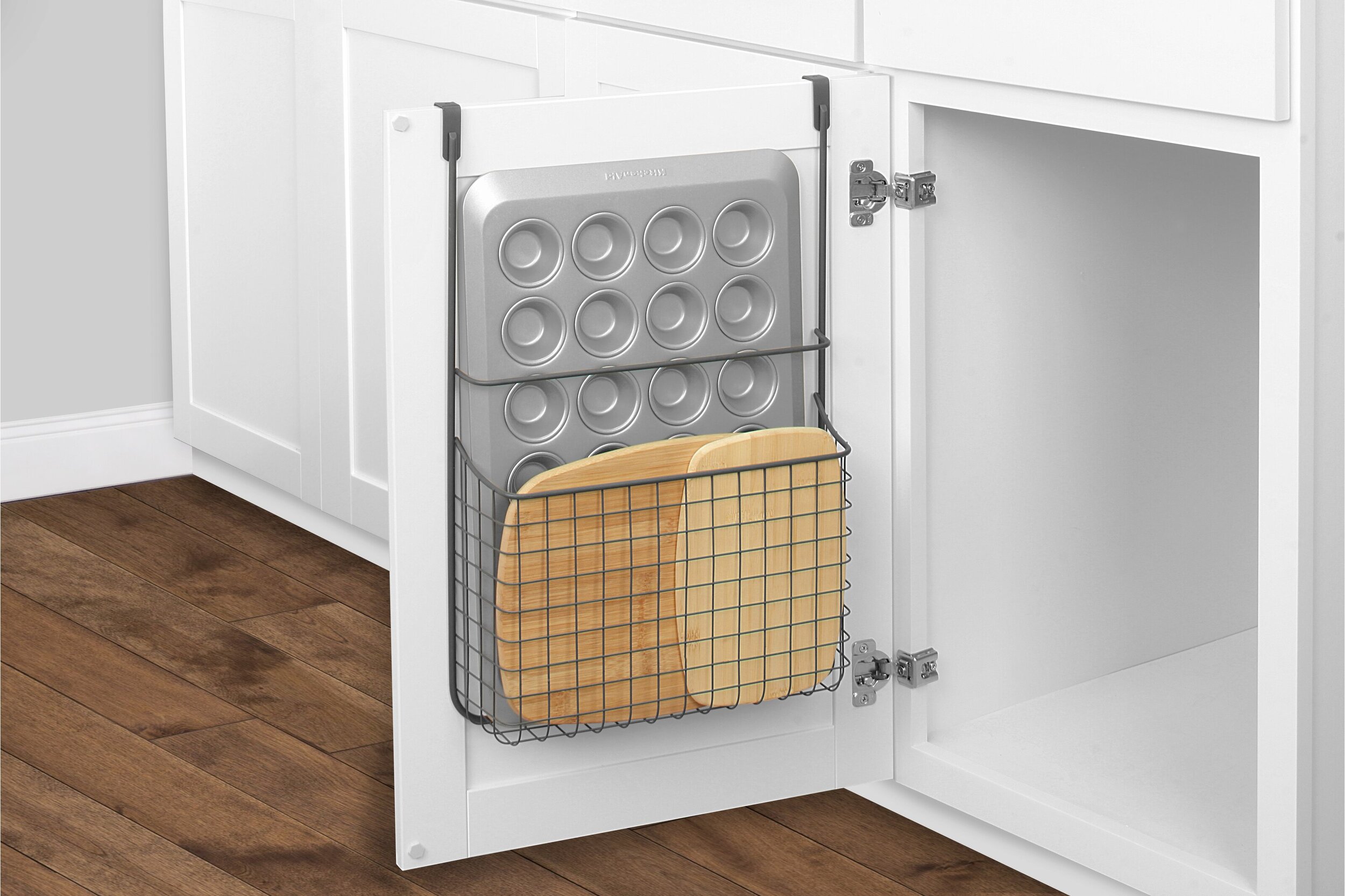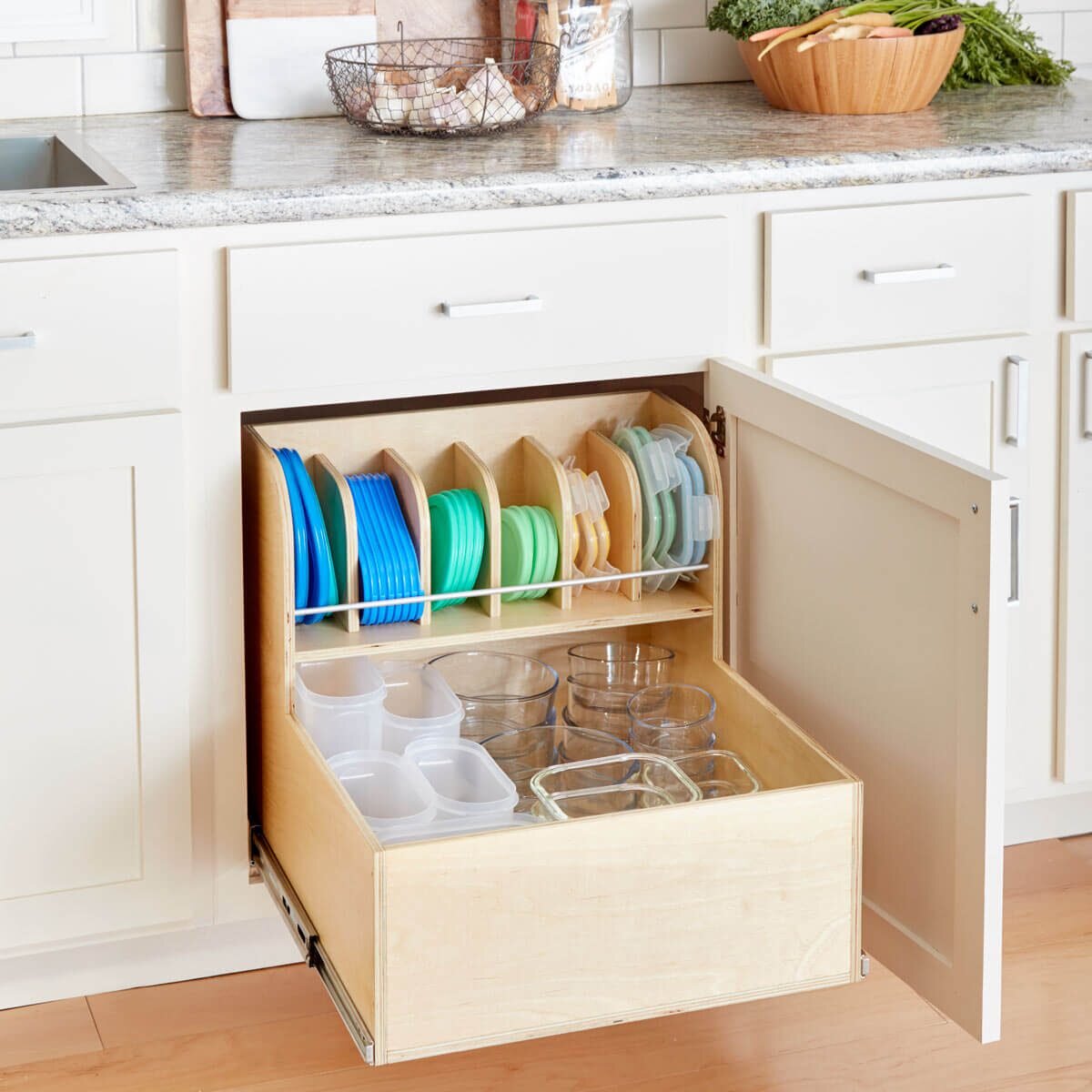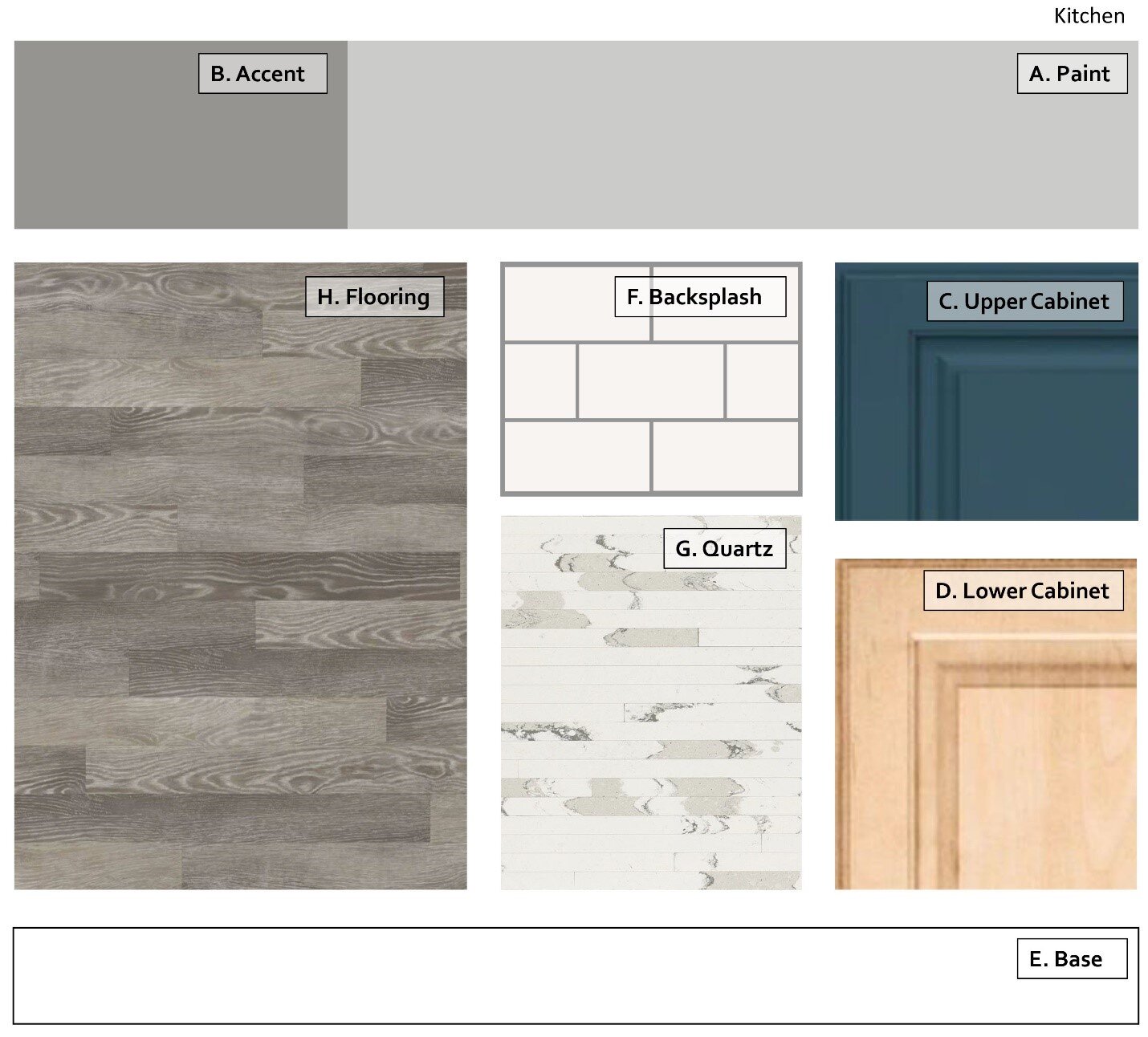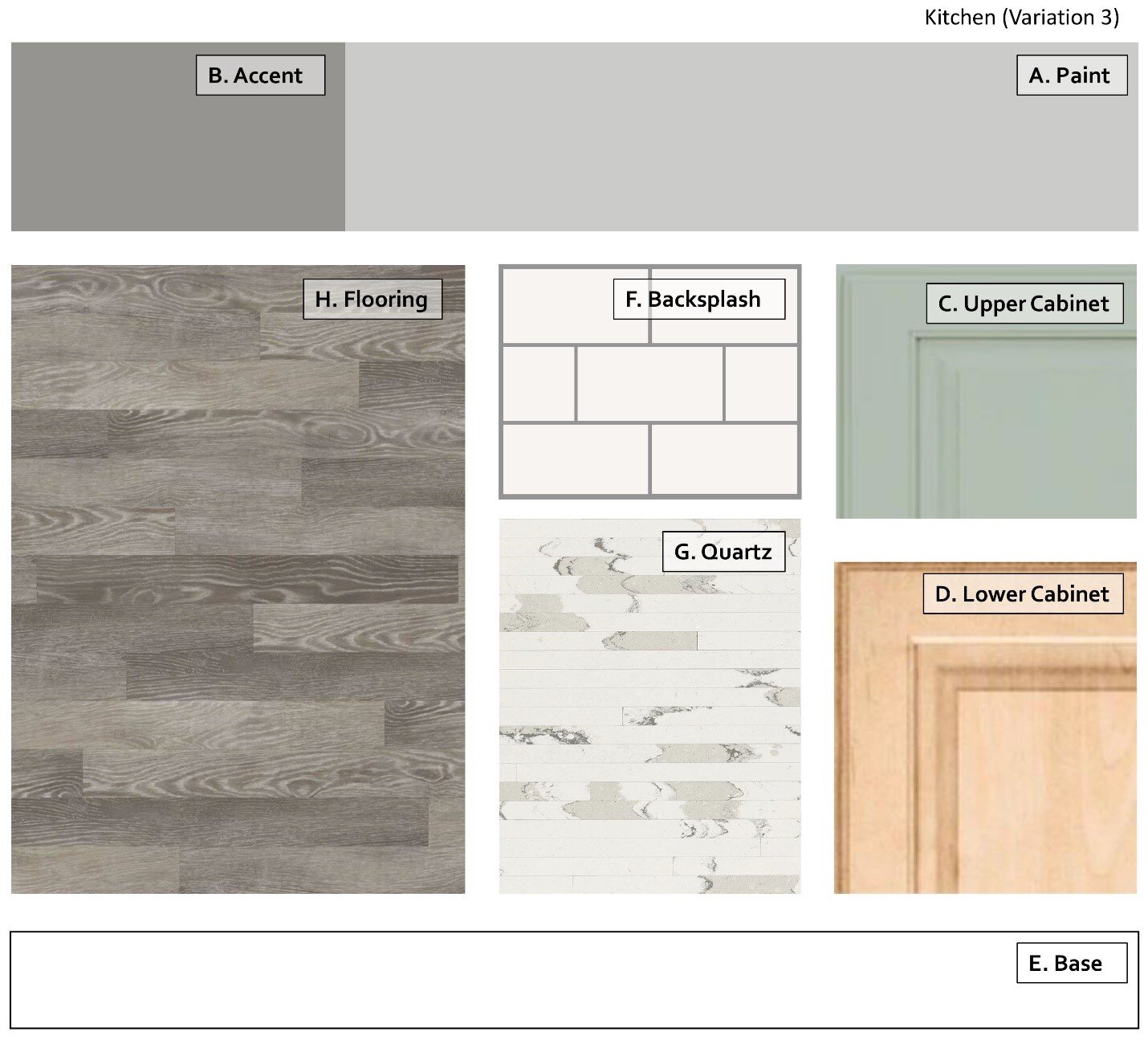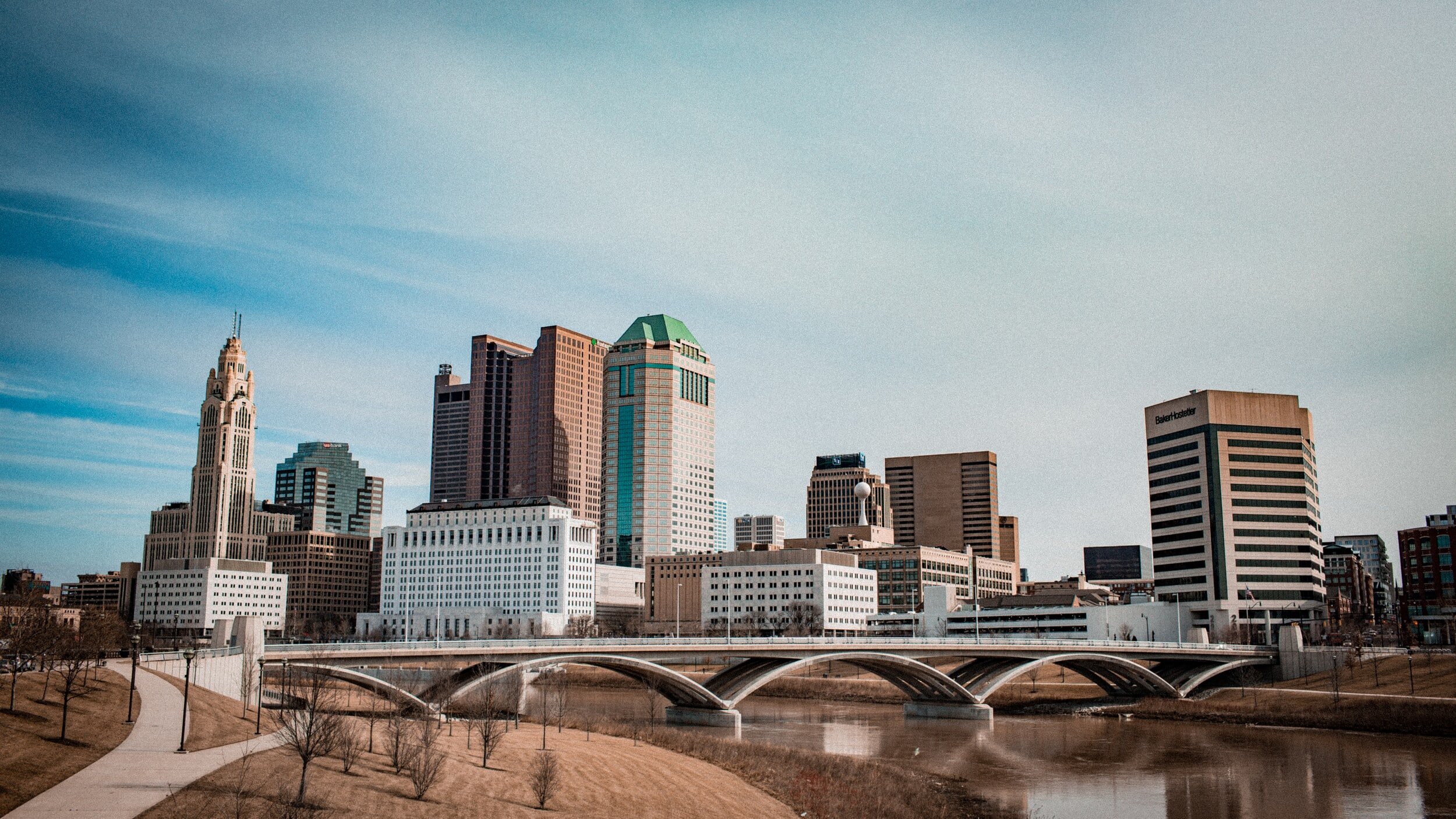Five Interior Design Trends in Multi-Family Housing
No matter where you are in Central Ohio, it’s hard to turn your head without seeing new multi-family residential buildings popping up. In fact, Multi-Housing News estimates that during the first five months of 2020, 1088 residential units were completed in our area with another 7,387 units underway as of last May.
Schooley Caldwell has recently designed over $200 million in multi-family residential structures, and we’ve kept a close eye on the way that finishes and design techniques have continuously evolved. Here are five interior design trends we’ve used and loved that you may also want to consider if you’re developing or designing this type of building.
01 | Wood-Looking Luxury Vinyl Tile (LVT)
LVT is a wood- or stone-looking flooring product that is more durable than the real thing. Because it withstands the wear and tear of daily life, its use is becoming increasingly popular in multi-family housing and developers are using it throughout entire units. This shift is occurring for two reasons:
LVT does not have to be replaced as often because it’s a hard-wearing and easily cleanable product.
Another reason is cost; LVT has evolved to the point where it looks like real wood in appearance and texture, while not carrying the cost of installing true wood floors.
These two characteristics make the product appealing to developers and desirable for consumers.
02 | Two-Tone Cabinetry
A popular trend in cabinetry design — that looks as though it’s here to stay — is selecting different but complimentary colors for your upper and lower cabinets. It’s a look that creates visual interest, and it’s a great way to enhance your space. In smaller kitchens, two-tone cabinets can even help create the illusion of a bigger space.
03 | Stone Countertops
The days of plastic laminate countertops are over as natural stone becomes the material of choice, with granite, quartz, soapstone, and marble as the most prominent. Their inherent beauty, durability, and the way they convey luxury makes them the new standard. This is especially true for higher-end multi-family developments where the cost of rent is often reflected in material choices.
04 | More Storage
Having more storage space is a universal desire for renters of all ages and income levels. Most people want a space that can support their growth over time, and it’s a critical factor when deciding where to live.
There are a variety of creative storage solutions we use to help us design functional and efficient living spaces, such as larger bedroom closets with flexible organizational layouts, larger vanities with cabinet organizers or shelves, and kitchen cabinets with adjustable shelving or door mounted racks. These and other features attract prospective tenants and provide them with room to grow.
05 | Unit Variety
Another way to set your building apart is to vary the finish palette among units in a single development. This makes each unit feel unique and not “just like the neighbors,” giving tenants more personal pride in their space. They want their apartment to feel unique. It’s common now to see two or three finish palettes utilized within one development. The changes between units can be as subtle as different paint colors and cabinetry, or as extreme as flooring, trim and hardware. The payoff? Residents develop a more personal connection to their unit and stay longer.


